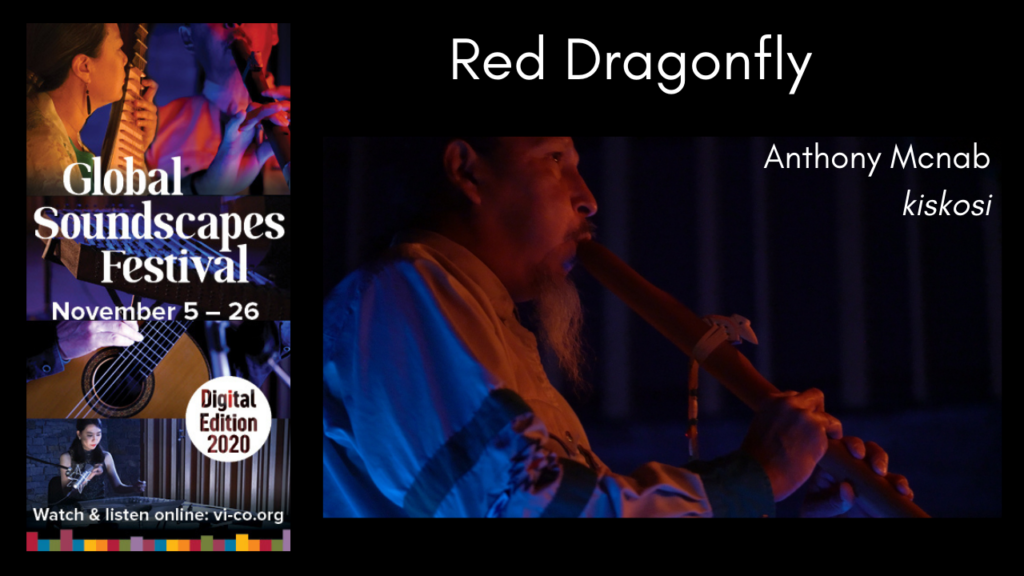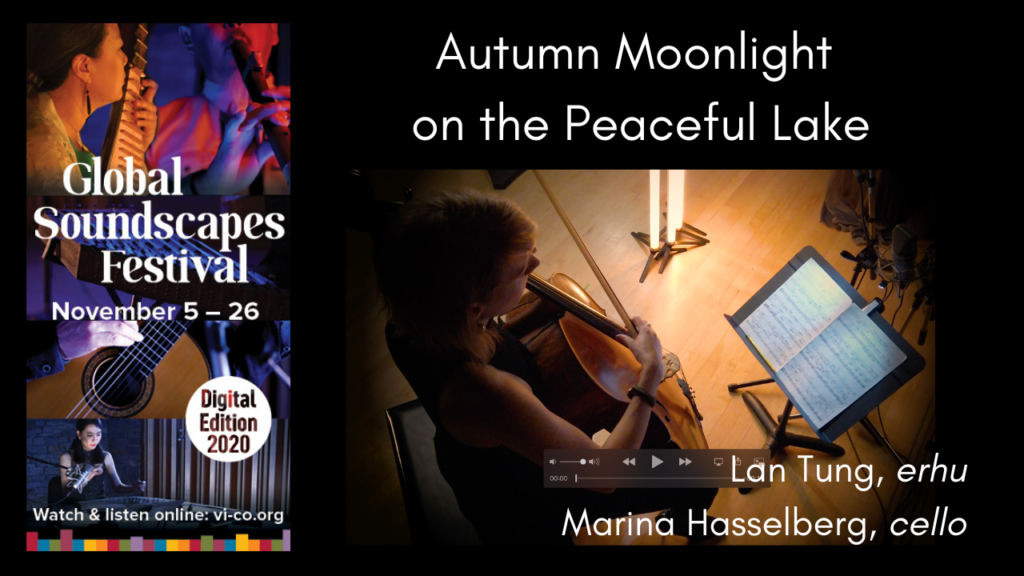Yang Guan San Die (阳关三叠) – Traditional, arranged by Hu Zhi Hou
Zhongxi Wu (guanzi)
Zhongxi Wu was born in Heilongjiang Province in northeastern China, and is from a family of traditional musicians. His father and elder brother began teaching him reed instruments when he was eight years old. Zhongxi later graduated from the Heilongjiang College of Performing Arts, and has performed as a soloist in Japan, Hong Kong, and many cities in the US, including New York, and Washington D.C. He was a guest artist on the sheng at the Carrefour mondial de l’accordeon in Quebec in 2008. In 2012, he was appointed as a member of the China Nationalities Orchestra Society. As a resident of Vancouver, he has taught sheng, guanzi and suona, performed many solos and ensemble pieces, traditional and new music works, recorded CDs with BCCMA and other groups, and performed at the Vancouver Jazz Festival. He has also learned to play the Scottish Highland bagpipes and plays regularly with the Delta Police Pipe Band, with whom he has toured to England to perform for the Queen and will tour to Holland later this year. He has also arranged for East-Meets-West collaborations between suona and bagpipes. In 2014, he performed with the Seattle Symphony and the China Shenzhen Symphony in 2015, at the Benaroya Concert Hall in Seattle. In 2015, he performed the suona concerto “Lady Hua Mulan” with the BC Chinese Orchestra for their 20th anniversary tour, at the Chan Centre at UBC, Calgary’s Jack Singer Concert Hall, and Edmonton’s Winspear Centre. This year, he was also invited to teach suona, at the VSO Music School in Vancouver, as part of their new and unique Chinese Music Program. He contributed to the book, “Yueqi: Chinese Musical Instruments in Performance” by Alan R. Thrasher and Gloria N. Wong for the sections on sheng and suona.
About the Instrument
Guanzi: a cylindrical double reed instrument, related to the western and central Asian duduk, duduki, and bili of Eastern Europe, Persia, Armenia, and Georgia. The original instrument was introduced to China through the Silk Road as the bili in the Sui Dynasty (580-618 AD). This ancient bili was most likely made from bamboo, but Bamboo bili are rare now, found only in a few areas in southern China. The more common wooden guanzi is usually made from a type of rosewood with 7 finger holes and one to two thumb-holes. The ends of the instrument are decorated with metal. The guanzi is made in a range of sizes from approximately 25 to 30 cm in length. Some modern instruments are being made with keys to facilitate ease of playing. The reeds are made from a hard cane.
About the Music
This is a very ancient piece of music. The title is that of a famous poem by poet Wang Wei from the Song Dynasty, who also composed this melody “Yang Guan” to go with it. The melody repeats three times, which is also incorporated in the title “San Die.”
Video Production Credits
Director of Photography – Kerry Phillips
Gaffer / B Camera – Yong Jin Kim
Audio Engineer & Mix – Sheldon Zaharko
All additional photography – Kerry Phillips
Filmed and recorded on July 27, 2020 at Pyatt Hall (VSO School of Music) in Vancouver, British Columbia, Canada.
For the Vancouver Inter-Cultural Orchestra:
Global Soundscapes Festival Producer – Mark Armanini
Senior Project Manager – Farshid Samandari







